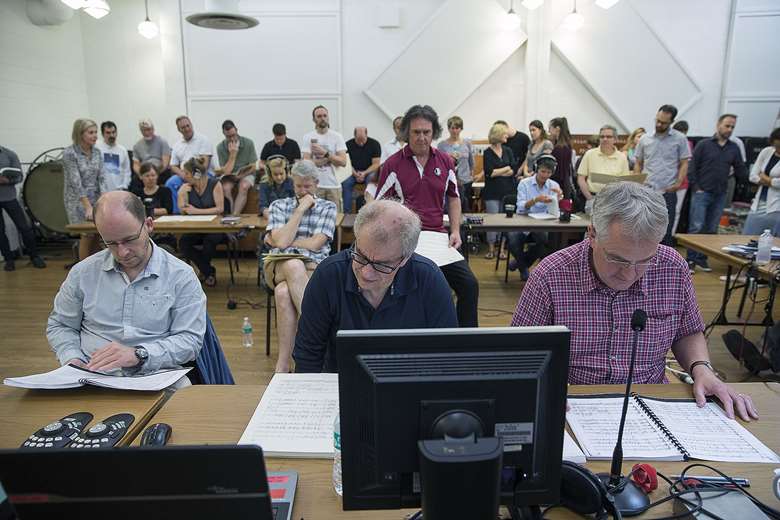Inside Mahler's Fifth Symphony, with Osmo Vänskä
Thursday, March 25, 2021
Michael McManus meets Osmo Vänskä to decipher Mahler’s meticulous markings in the score for his Fifth Symphony

Register now to continue reading
Thanks for exploring the Gramophone website. Sign up for a free account today to enjoy the following benefits:
- Free access to 3 subscriber-only articles per month
- Unlimited access to our news, podcasts and awards pages
- Free weekly email newsletter








